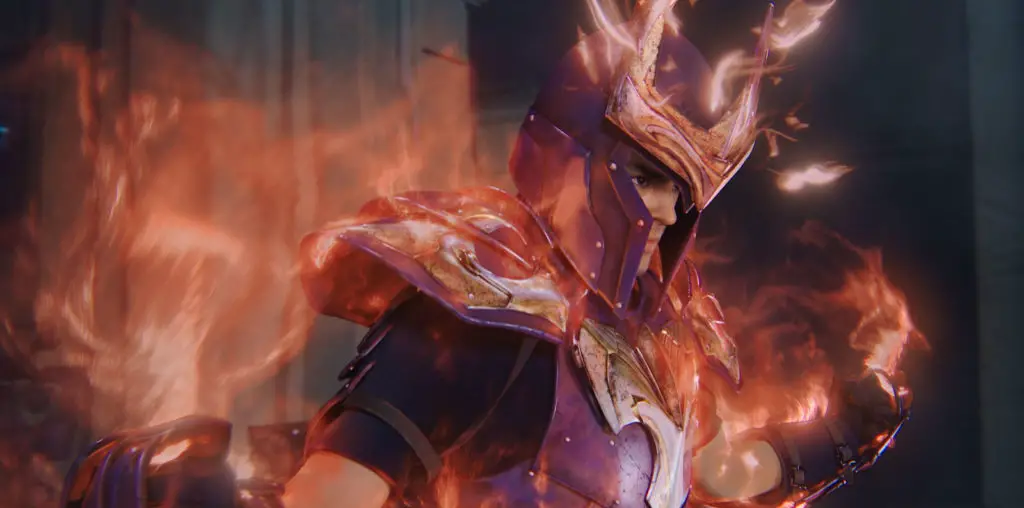
“Dirty Dancing: Havana Nights” is really a philosophical film. It challenges its audience to ask questions, namely, “Why?” Why was this movie even made?
Billed as a “prequel” to the 1987 hit “Dirty Dancing,” the only connection between the two is Patrick Swayze, who makes a cameo in this film as the resort’s ballroom dancing instructor. Although he receives credit only as “Dance Instructor,” it is implied that this is where Johnny Castle worked before he went to the resort where he met Baby. It’s a real stretch, but I doubt this film would have even been shot if they didn’t have the “Dirty Dancing” name to attach to it.
You can’t help feel sorry for Swayze, though. At one time he was one of the hottest names around with the double whammy of “Dirty Dancing” and “Ghost” under his belt. However, after making films like Black Dog and Waking Up in Reno in recent years, who can deny his career is on the rocks.
In the commentary of the “Clerks: The Animated Series,” Kevin Smith explains that Disney-owned ABC took issue with the Patrick Swayze jokes they had in one episode (which ultimately never aired). Fearing a lawsuit, they didn’t want to imply that Patrick Swayze had career problems. Too bad the execs at Lion’s Gate (or Artisan or Disney-owned Miramax, who also lent support in the films release) weren’t looking out for Swayze before he signed on the dotted line for this film.
Anyway, here’s the basic story for anyone who cares…
Katey (Romola Garai) is a young American rich girl that comes to Havana, Cuba with her family. Disenchanted with her stuffy white-bread friends, she meets up with Javier (Diego Luna), a waiter at the resort. However, when they are seen together, Javier is fired for fraternizing with a guest. To help him get some money for his ailing family, Katey convinces Javier to join a dance competition, which has a grand prize of $5,000. Of course, as they work together to blend her knowledge of ballroom dancing and his knowledge of Cuban dancing, the young couple ultimately falls in love.
This cinematic train wreck reminds me of when Hollywood decided to cash in on the success of “Chinatown” by making a sequel – 16 years later! While “The Two Jakes” wasn’t the worst film to hit celluloid by any stretch of the imagination, it would have made so much more sense if they had actually made it in the wake of the first one’s success.
But “Dirty Dancing: Havana Nights” is worse than “The Two Jakes” ever was. This one doesn’t even try. The writing is inane and filled with cliches. For example, in one scene where Katey’s sister Susie is talking about her infatuation with Javier, she says, “He’s not like us.”
Give me a break! With a total of eight credited writers on this film, you’d think they could come up with something more original than “He’s not like us.”
The silliness of this film is capped by the announcement in the credits that it is based on true events. I’m assuming this is because it’s set against the backdrop of the Cuban Revolution. I doubt there was a Havana waiter that fell in love with a stuffy American’s daughter while they practiced to compete in a swanky dance competition. (Sure, my memory may be a little bit rusty, but I don’t recall this from history class.)
While the story is similar to the original, the cast stinks in this new film. Luna, who turned in a solid performance in last year’s Open Range, crashes and burns in the leading man role. His chemistry with Garai, who is really cute in an awkward sort of way, never quite clicks. The film tries to paint Javier as the wise Cuban to the ways of the world, but whenever he opens his mouth to dispense words of wisdom, I felt like I was getting a lecture from a twelve-year-old.
Character development is tossed aside in lieu of multiple montage sequences, and great Cuban dancing is replaced with bumping and grinding. Javier appears to be no more an expert in dance than he is an expert in acting.
Finally, the portrayal of the Cuban people in this film is one of the most glaring stereotypes I’ve seen in a long time. Shown as happy, singing paupers in the street, their only escape is dancing in clubs. The Cuban Revolution is treated with the same reverence as the American Revolution, which actually gave some people freedom. Although Batista was no saint by any means, the life under Castro ain’t that great either. People are still fleeing the country. However, the film implies that things are going to get better with Javier and his family with the revolution. Let’s let Elian Gonzales weigh in on this issue.
Disagree with this review? Think you can write a better one? Go right ahead in Film Threat’s BACK TALK section! Click here>>>
